Of all the rooms in your home, your kitchen probably gets the most “love.” You cook in it, eat in it and congregate in it. The challenge: How do you keep up with kitchen cleaning?
With family, work and social obligations, keeping your kitchen tidy can be a real chore.
Sometimes, all you need are a few tips on how to clean kitchen cabinets, how to freshen dishwashers and other appliances,
Here are some tips to help make this kitchen cleanup a little less tiresome. The faster you get it done, the faster you can get back to enjoying your home and your life.
1. Washing Dishes With Vinegar and More Tips
Over the course of a day—or a few hours—dirty dishes can quickly pile up in and around your sink. Want to make your kitchen look better almost instantly and make figuring out how to clean your kitchen easier? Make dishwashing a less grueling task by washing dishes with vinegar.
Put Dirty Dishes In The Dishwasher Immediately
About three-quarters of U.S. homes have a dishwasher, according to the Association of Home Appliance Manufacturers. But many people don’t use their dishwashers efficiently. Rather than letting your dishes pile up in your sink, you’ll ultimately save time—and keep your kitchen looking neater and make kitchen cleaning easier—by putting dirty dishes in the dishwasher as soon as you’re done with them.
Only Pre-Rinse When Necessary
Out of habit, many people rinse every dish they put in their dishwasher. But most modern dishwashers are powerful enough to handle some food debris—especially if the dishwasher itself is kept clean. So only pull out the dish soap to rinse off dishes that have a lot of loose food scraps.
Organize Your Dishwasher
To maximize your dishwasher’s space, make sure to place the dishes in the right spot. Cups, for example, should go on the top rack, whereas plates and bigger items, such as baking sheets, should go on the bottom. The dirtiest dishes should go in the middle of the bottom rack to ensure that they get the hardest wash. Only run your dishwasher once it’s full to save water, time, and money.
Familiarize Yourself with your Dishwasher’s Settings
Many people use the same setting for every cycle. But you can save water and still clean your dishes if you choose the most appropriate cycle for each load. For example, you don’t need to use a “heavy wash” cycle if you’re only cleaning glasses and plates with little food debris.
Create a Dishwashing Routine
Try to set a routine around dishwashing to prevent dishes from piling up. For example, you may want to run the dishwasher every night before you go to bed and then unload it every morning after you wake up.
Rinse Pots and Pans Immediately
Even if you don’t have time to wash your pots and pans immediately after you use them, at least rinse off the major food debris right away. Spend 20 seconds cleaning a pan right away to avoid having to spend a lot more time scrubbing it later in the day. Washing dishes with vinegar and baking soda will remove burn marks.
Well-used pots and pans are bound to get scorch marks every so often. You can remove those stains by first combining a cup of water and a cup of vinegar in the pan and bringing the mixture to a boil. Then remove the pan from heat and add a tablespoon of baking soda. Once the fizzing stops, you should be able to clean out the pan easily using water, soap and more baking soda (if needed).
How to Freshen Dishwashers and Other Appliances
From fingerprints on the stainless steel to grease buildup in the oven, how do you stay on top of keeping your appliances clean? Appliances are one of the most important things to know when it comes to how to clean a kitchen.
Wipe Down Appliances Whenever you do the Dishes
Make it a habit to wipe off the exteriors of your kitchen appliances with a soft cloth whenever you do the dishes.
Find Out How to Freshen Dishwasher Monthly
Food debris, oil, soap, and grease, can build up inside your dishwasher. After a while, this buildup may leave residue or food particles on your “clean” dishes—forcing you to re-wash them by hand. Learn how to freshen dishwashers and keep them in top condition by cleaning the inside monthly.
Here’s How to Freshen Dishwasher
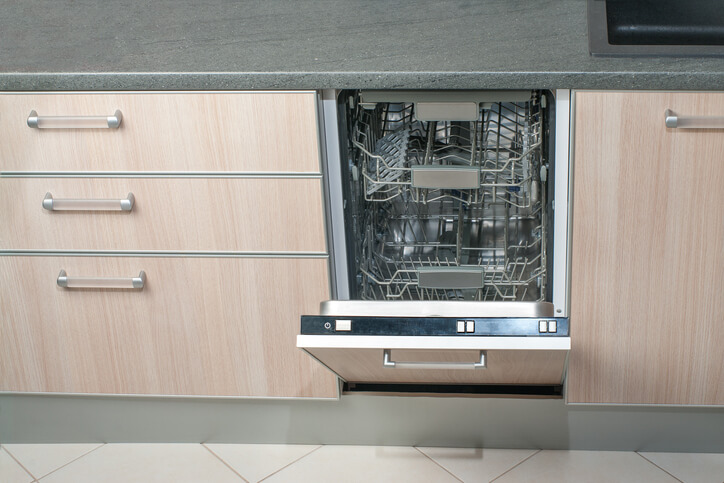
- Remove the bottom rack and clean away any food debris around the drain at the bottom of the machine. Many newer models have a removable filter. If yours does, follow your dishwasher’s instruction manual on how to remove it, and clean it thoroughly by placing it in soapy water and gently brushing it with an old toothbrush. Reinsert it once it’s clean.
- With the dishwasher empty, place a bowl containing a cup of white vinegar on the top rack and run a hot-water cycle. This should remove any grease, grime, and musty odors.
- Next, sprinkle the bottom of the dishwasher with a cup of baking soda and run a short hot-water cycle. This should leave the machine looking bright and shiny clean.
- Do you still see little food particles or soap scum? Use a toothbrush to remove any remaining debris you find in the dishwasher after you’ve completed the other steps. This will ensure that your dishwasher is as clean as possible.
Use Vinegar and Oil To Buff Stainless Steel
Although stainless steel appliances are pretty, they tend to show fingerprints and grime easily. You can keep your stainless steel sheen by first cleaning it with vinegar and then using a little olive oil and a soft dry cloth to buff it and remove any lingering watermarks. Fill a spray bottle with the cleaners and remember to always wipe in the direction of the stainless steel “grain.”
Wipe Up Drips On The Stove Immediately
A few seconds spent cleaning up a drip or spill right away will save you potential minutes of scrubbing and kitchen cleaning later on.
Catch Drips in Your Oven
Certain foods, like pies, tend to drip and splatter. But you can keep the bottom of your oven clean by using a drip pan. You can also cover the bottom rack of your oven with aluminum foil to act as a makeshift drip pan when using the top rack. (Never put aluminum foil at the bottom of your oven, as that can be a fire hazard.)
Loosen Baked-on Food Particles and Grease with Water
Put a large bowl of boiling water in the oven—which should be turned off—and close the door for 15 to 20 minutes. This will soften the particles and make it easier for you to clean them off with a sponge.
Freshen up your Microwave with Water and Lemon
Place a microwave-safe bowl with water and the juice of one lemon into the microwave and heat it on high for two minutes. Then, let the bowl sit in the microwave for an extra minute before removing it. You should be able to wipe away any food particles or grime on the microwave’s inner walls and tray with ease.
Refresh your Garbage Disposal with Ice and Lemon
The garbage disposal beneath your sink drain can start to slow and smell foul due to a buildup of food particles. Keep both kitchen cleaning and your garbage disposal running smoothly and smelling fresh by occasionally putting a few ice cubes and lemon peels down the drain and then running the disposal. The ice will help remove clogs while the lemon peel will help deodorize and leave a fresh lemony scent.
(Warning: Never put your hands or fingers into the sink drain when the disposal is on, even if it seems to have stopped or clogged. You could be severely injured by the blades.)
Clean your Blender with Soapy Water
The easiest way to clean your blender—and keep your fingers safe from the blades—is to put a couple of cups of warm soapy water in the canister and blend away. Then, simply rinse out the canister and cover and wipe down the base.
Run Vinegar and Water through the Coffeemaker
At least once a month, fill your coffeemaker’s water chamber with equal parts vinegar and water and run it until the chamber is half empty. Let the machine sit for 30 minutes and then finish brewing. The vinegar will break down any calcium deposits that naturally build up in the coffeemaker after long-term use, allowing you to continue to get the best brew. Make sure to follow this with a rinse cycle or two of plain water to flush all the vinegar out of the system.
3. How to Clean Kitchen Cabinets and Make Kitchen Cleaning Less Tedious
Beyond doing the dishes and cleaning the appliances, tidying your kitchen on a daily basis can feel overwhelming – especially when it comes to seeing drips and stains on your kitchen cabinets that can get sticky or are visible all the time. Here are pointers on how to clean kitchen cabinets and some extra tips for making kitchen cleaning quicker and easier:
How to Clean Kitchen Cabinets

Kitchen cabinets are a regularly neglected area during kitchen cleaning. Wondering how to clean kitchen cabinets? Simply grab a rag dipped in soapy water and wipe down the cabinet surface. Pay extra attention to the lower cabinets that are prone to food spills.
Keep a Broom Handy
Mopping a kitchen is time-consuming, but sweeping daily can keep the floors looking clean for longer.
Prevent Trash Bags from Clinging
Taking out the trash can be a real pain, especially if the bag tears. If your trash bags tend to cling to the sides of your plastic garbage pails, cut down on suction by drilling small, evenly spaced holes near the bottom of one side of the pail. This should help to save you time and effort, as well as help to avoid a mess.
Line your Trash Cans with Multiple Bags
Rather than replacing your trash bag every time it’s full, consider placing multiple bags in the can so that you can lift out the old bag and have a new one instantly ready to go.
Disinfect Sponges in the Microwave
Your sponges may become grimy after many uses. You can freshen them up by first dampening them under tap water and covering them with lemon juice. Put them in the microwave for two minutes on high to kill the germs that have built up to leave them smelling clean.
Schedule Time for Daily Kitchen Cleanup
Set aside a convenient time each day that you can devote to cleaning up the kitchen, even if it’s just 10 or 20 minutes. It might be first thing in the morning or right before you go to bed. Consider using a kitchen timer to keep you on task for your allotted amount of cleanup time—whether that includes sweeping the floors, wiping down the stove and other appliances, or hand-washing extra dishes.
Kitchen cleaning doesn’t have to feel like an overwhelming chore—if you devote a little time to it every day. And it helps to know how to avoid big messes in the first place.
Share in the comment section below: What are some kitchen cleaning hacks or quick-fixes that many people don’t know about?


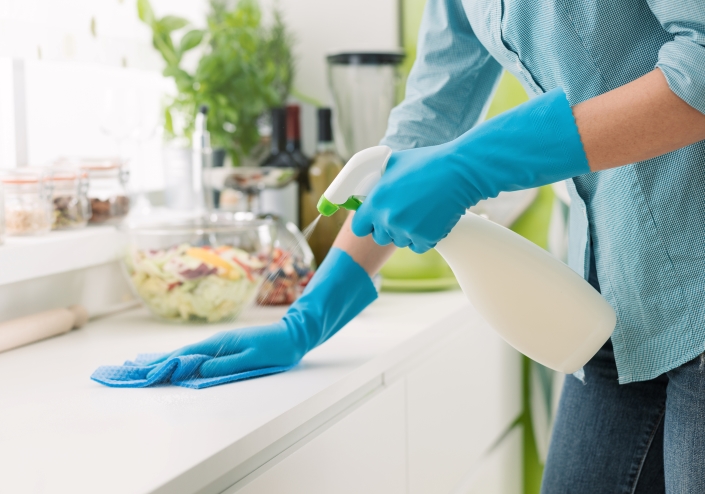
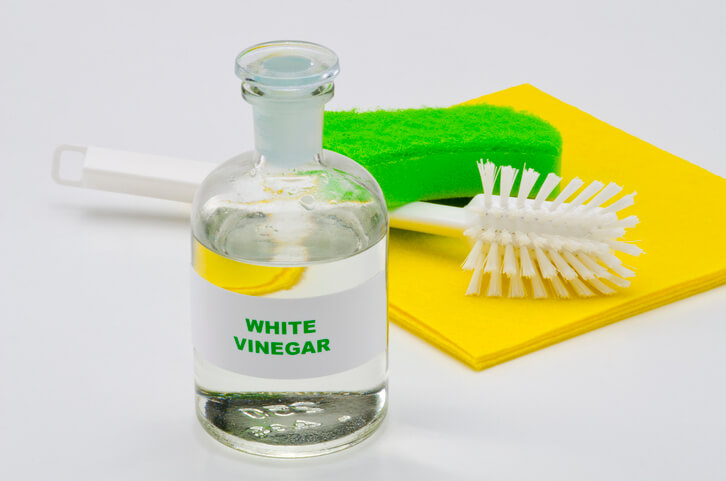
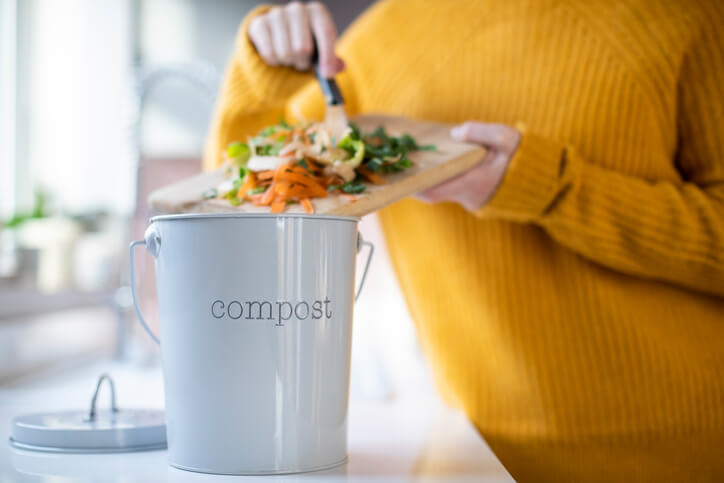

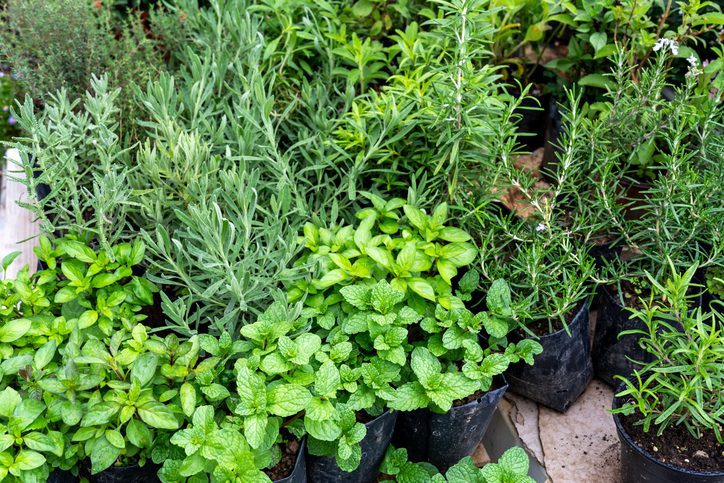

Hey
Thank you for this amazing article! It has opened up my mind about clean kitchen cabinets.
I am looking for a long time. I have benefited a lot from reading this article, I want more post about that.
Thanks again for this useful guide.
Mr. Clean erasers work great on glass top stoves. Dampen first.
Never clean while stove is still hot.
Let spills dry before cleaning. Use stovetop cleaner. My husband uses straight blade at an angle to get really hard spots.
Several tips are incorrect: lemon/ice for garbage disposal cleaning; microwaving dish sponge.
What is the easiest way to keep glass top range clean , besides clean up spills as soon as they occur.